Equipment Cooling Systems Maintenance Tips
Efficient, well performing cooling systems are crucial for the health of your heavy equipment, especially in the hot summer months. Persistent heat can put a strain on cooling systems, potentially leading to machine breakdowns, costly repairs, downtime, and project delays. To avoid costly issues on the job, it’s important to maintain your equipment cooling systems properly by following the steps outlined below.
Conduct regular inspections and cleaning
Inspections are key to identifying any potential issues with your construction equipment cooling systems.
- Start by visually examining the radiator, fans, hoses, and other components for signs of damage or corrosion.
- Ensure that there are no leaks, loose connections, or debris accumulation. Even a small amount of damage, like cracks or nicks in the fan blades, can lead to vibrations and the destruction of other components.
Clean your radiator and other components regularly
It’s important to include washing the radiator and surrounding areas as part of your equipment maintenance routine to prevent clogging and to maintain optimal airflow. Consider using compressed air or a gentle stream of water to remove dirt, dust, and debris. When humidity and dust build up and coats radiators, air coolers, and oil coolers, the result is reduced airflow and heat transfer. Operating temperatures will then increase dramatically and cause the engine to overheat.
Check the coolant levels and quality
It’s important to look at coolant levels to make sure they are within the recommended range. If the level is low, add the appropriate coolant mixture to prevent overheating. You should also inspect the coolant for signs of contamination or degradation. Over time, coolant can become acidic or contaminated with particles, which can adversely affect cooling system performance. If necessary, flush the system and replace the coolant in accordance with the manufacturer’s recommendations. It is considered best practices to drain and flush the coolant at least once a year.
Monitor the temperature
Keeping an eye on the equipment’s temperature during operation is essential for identifying potential issues with cooling systems. Watch the temperature gauge or digital monitoring system to ensure it stays within the recommended range. If you notice sudden temperature spikes, it could indicate a problem with the cooling system. Address any issues quickly to prevent further damage.
Replace hoses and clamps when needed
Frequently check the condition of your coolant hoses and clamps. As temperatures rise in your machine cooling systems, hoses and clamps can expand and contract at different rates. This expanding and contracting of the hoses and clamps, repeated over and over, causes the hose-to-neck seal to wear, leading to cracks and leaks. Be sure all the connections are tight to avoid water leakage and hydraulic hose failures. Replace hoses every two years or sooner if you notice any damage.
If you have any questions about equipment cooling systems, contact our team today!









